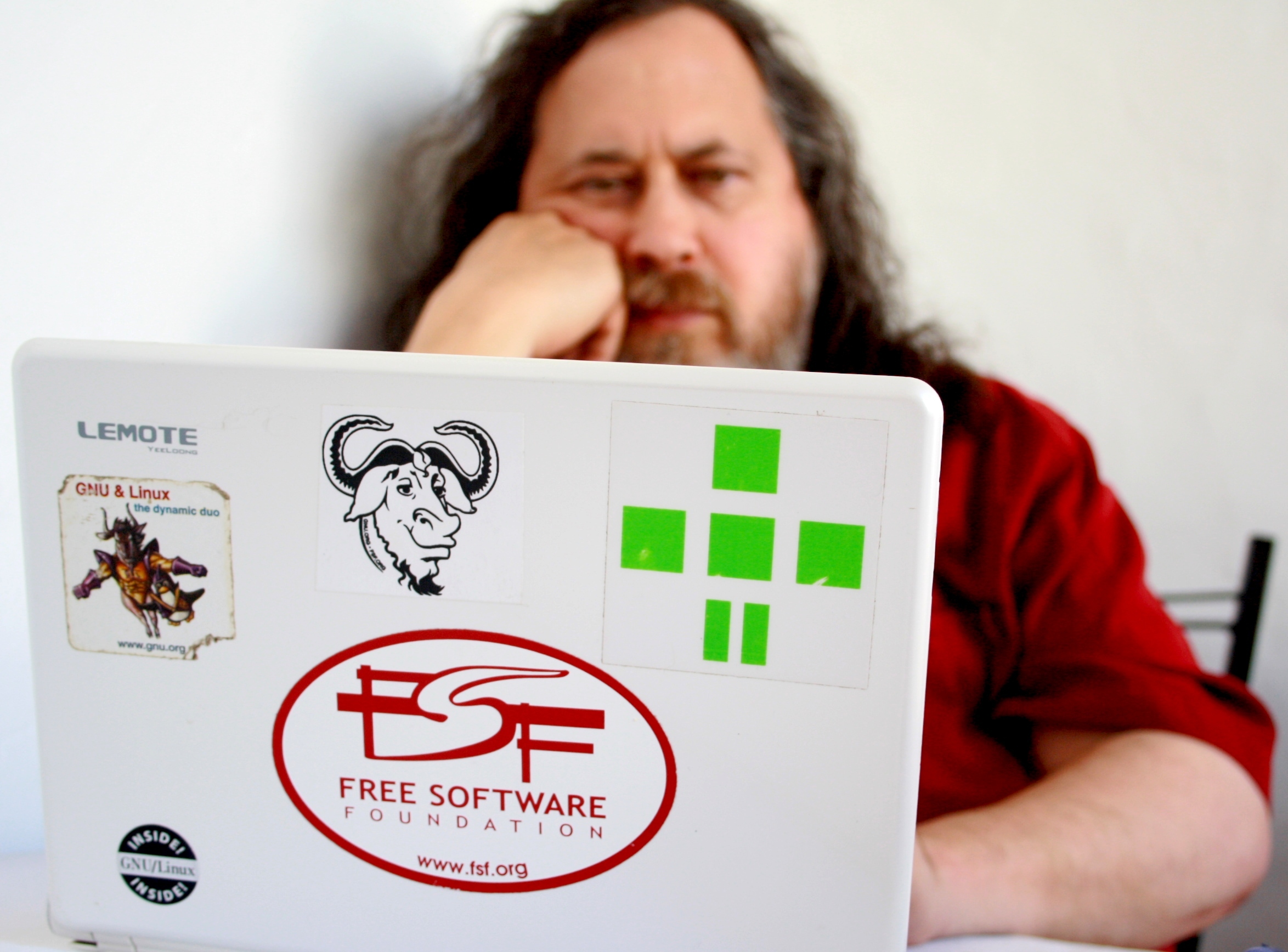- cross-posted to:
- memes@lemmy.ml
- fakehistoryporn@lemmy.world
- cross-posted to:
- memes@lemmy.ml
- fakehistoryporn@lemmy.world
cross-posted from: https://feddit.de/post/2907077
I’m pretty sure you know what follows…
Image transcript
A recreation of the Piper Perri Surrounded meme. A white CASIO CFX-9850GB PLUS calculator is laid on its side on a cushion while three TI-83 Plus and two TI-84 Plus calculators, all black, are standing behind the cushion. The faces of corresponding actors are shown in 4-tone pixelated pictures on each calculator’s respective screens, grayscale on the TIs and sepia-toned on the CASIO thanks to its (limited) color graphics. Words of the text “Original meme by Chaotic Neutral Czech” are used in place of the SHIFT functions on a row of keys on the Casio as a mild watermark.
:::
nice meme and description, both here and on imgur.
Casio is superior
Yes but not in terms of market share, unfortunately. Monopolies suck. The best solution would be a standard open source operating system that would run on ARM hardware with a wide range of RAM and display support, like Java apps on midrange phones in the 2000s. And a QWERTY keyboard when rotated (we need the law changed for that to be legal in US schools). And an OK, as well as a BACK or EXIT button like CASIO. On the TI, I’ve seen programs that use MENU, DEL, CLEAR, ALPHA, SHIFT+MENU (QUIT), ON or a menu item confirmed by SHIFT (the usual OK key in games) to exit.
I’d buy the fuck out of an open source calculator
There are some open source graphic calculator projects but they aren’t mass-produced and none are exam-approved. Software support is lacking but TI-84 Plus emulators exist so if someone rewrites TI-OS and the ROM (or requires people to dump it like the current ones), it could run that.
Did you know the humble Nokia 3410, the first Java phone, would dither games meant for higher-resolution color screens? Of course, programs for these calculators could use semi-vector graphics like the Web, or detect screen resolution and support the common ones natively, in a single or multiple executables like PocketPC software.



